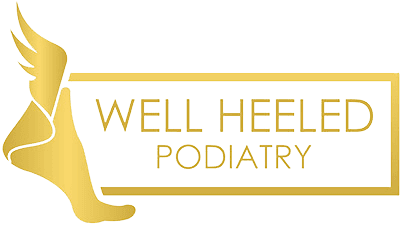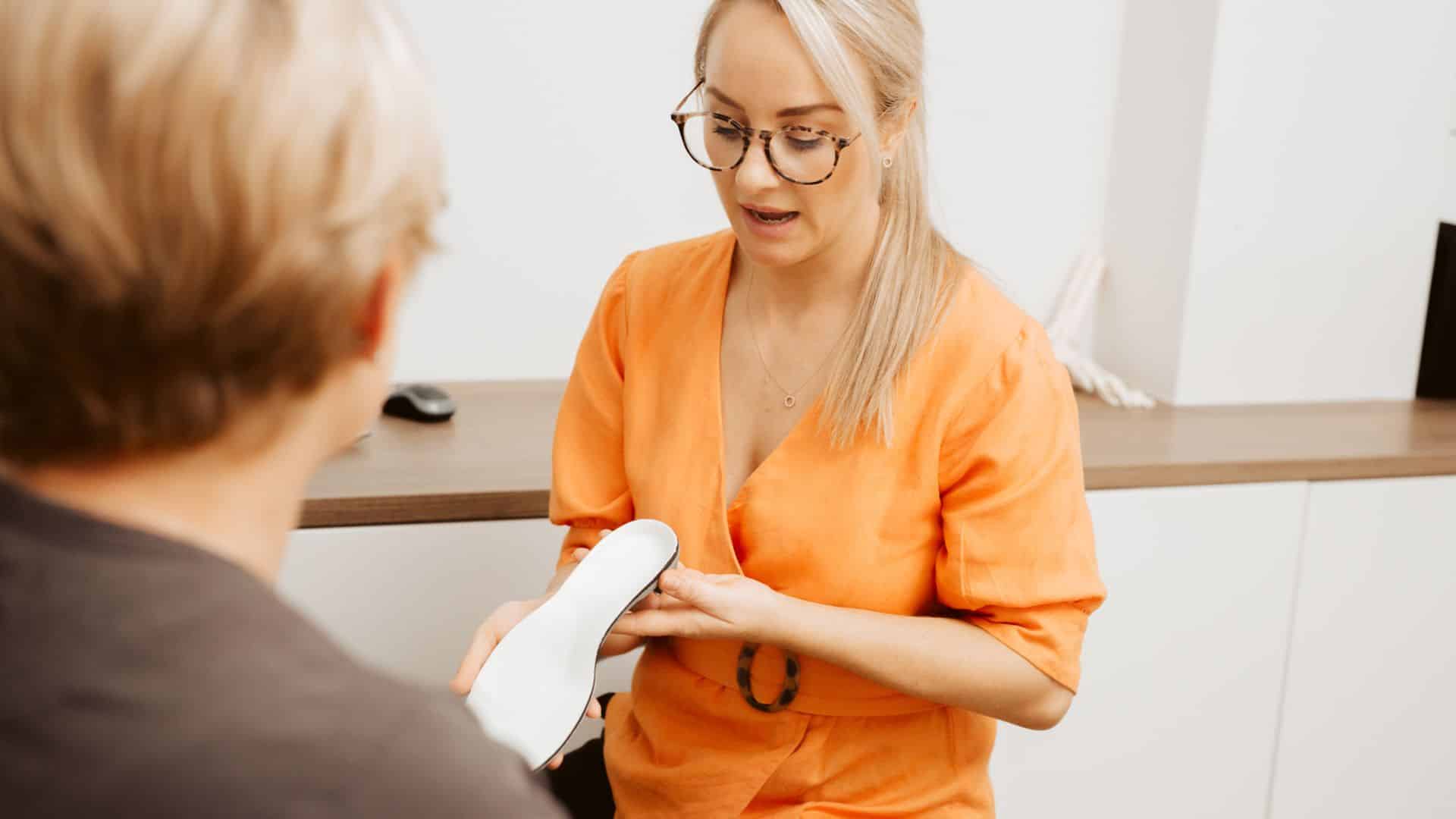Customised foot orthotics prescribed by a podiatrist can be very helpful in the treatment of lower limb, foot, knee, hip, and back pain, fatigue, and/or function.
The foot is a very complex structure consisting of 26 bones. It has many ligaments and tendons that help support the arches and supports the body’s entire weight.
The feet form the base of the body, and if there is a misalignment in the feet this can lead to abnormal pressures on the rest of the body, such as the knees, hips, and lower back.
Customised foot orthotics evenly distribute pressure/force on the soles of the feet, alleviating pain and preventing injuries.
Customised foot orthotics (made specifically for your feet) are very different from simple arch supports purchased in a pharmacy or sports store.
They have specific modifications to apply direct forces to certain aspects of the foot. These forces improve postural stability, decrease tissue stresses and improve foot function.
They are like prescription glasses and are only effective while you are wearing them. However, foot posture may improve with continual wear of your foot orthotics, which can last anywhere from 6 months to 5 years.
This is why is it important to have your devices assessed by a podiatrist every 6-12 months.
There are three different types of material that are commonly used by podiatrists in the manufacturer of customised foot orthotics. The softer devices are made from EVA (Ethylvinylacetate) material and the firmer devices are polypropylene and carbon fibre. These materials differ in properties and will be prescribed depending on your symptoms, foot type, activity level, footwear, and age.


